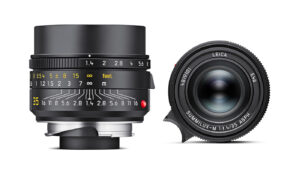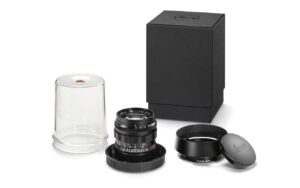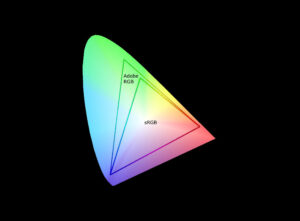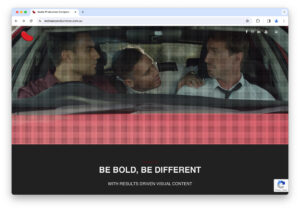Something I’ve noticed a lot of marketers do is create a fictional customer who is moulded around having a direct need for the product being taken to market, has the means to pay for it, and will respond perfectly to the advertising creative and positioning that the marketing team has already jumped ahead to and created.
We need to kill this fictional customer
They are always too perfect. We’ve created them from just an ideal, someone who fits with the marketing plan so everything flows properly, not by using any marketing science.
It is common for marketers to get scared of doing this: Only because everyone in the worlds is different. How do we make this more manageable?
Segmentation is the answer
We create smaller groups we can put our target audience into.
Market segmentation is the process of dividing the total market for a product of service into segments. Each of which tends to be homogeneous in all significant aspects with others within the segment, and heterogeneous from those in other segments.
William Stanton
We need to segment the market when we are doing our marketing plans so we can find the most valuable group of people to target later, but it should also come naturally when we are market orientated or customer focussed with developing our products.
Market Segments are no People Stereotypes
Stereotypes are what bad marketers generate in their own heads and then create their own fictional customer to slot into. I say fictional here because they literally end up targeting customers that don’t exist. This results in….not much!
I’m not saying you need to find 1 segment and only go after that. If you are a car manufacturer you might identify segments of the car buying market that are
- Interested in a budget family car
- Interested in sports cars
- Interested in luxury vehicles
- Interested in 4 Wheel Drives/SUVs
Different segments. You are a marketer might analyse the potential demand for each of these by working out how many people are really in the market for these types of vehicles and decide to focus on just 2 and 3 as your manufacturing plant can make them with the same components. Or Like GM Motors did, create multiple brands like Chevrolet, Pontiac, Buick, Oldsmobile, Cadillac aimed at different needs and desired of different customers. When GM motors blurred the segmentation lines between these brands, eg overlap them, their sales ended up dropping off as they literally had brands competing with each other.
Marketing Segmentation comes in different forms
Demographic Segmentation which is about who people are based on their age, gender, line or work, where they live.
Behavioural Segmentation which is about what their aspirations are, such as do they like to travel, or do they like to cycle?
Psychographic Segmentation is about their beliefs and general attitudes in the market. These are the types you can identify with agree/disagree type questions.
Think about what your product is doing before you decide what approach to use. What does is slot into? Are you creating a healthcare product for women over 50? In which case, you’d research your audience with a Demographic segmentation mindset. Are you marketing camping equipment? In which case, you need to understand campers’ behaviour. Are you Marketing a charity? Look at Psychographic Segmentation.
Understand what is meaningful. To find what is important to your market segment, and also how valuable it is to your business, map out what is important based on survey responses or other qualified research against the potential market size. Some of these results will overlap, in which case merge them. If you plot it out on a grid in excel, you’ll see quite quickly which ones to rule out as not valuable, and which ones to go after. You should also see if you can overlap competitive products in there, to see if you can find a segment that is underserved which you could capitalise on.
Once we work this out, we can talk Targeting a segment. It is exciting to see how targeting can help us reach different segments that we may not have thought would cross over.





































































